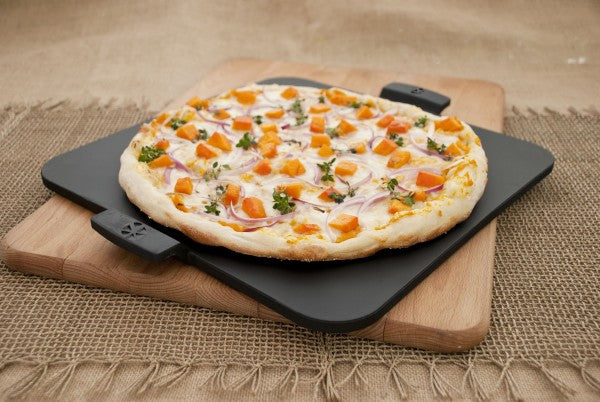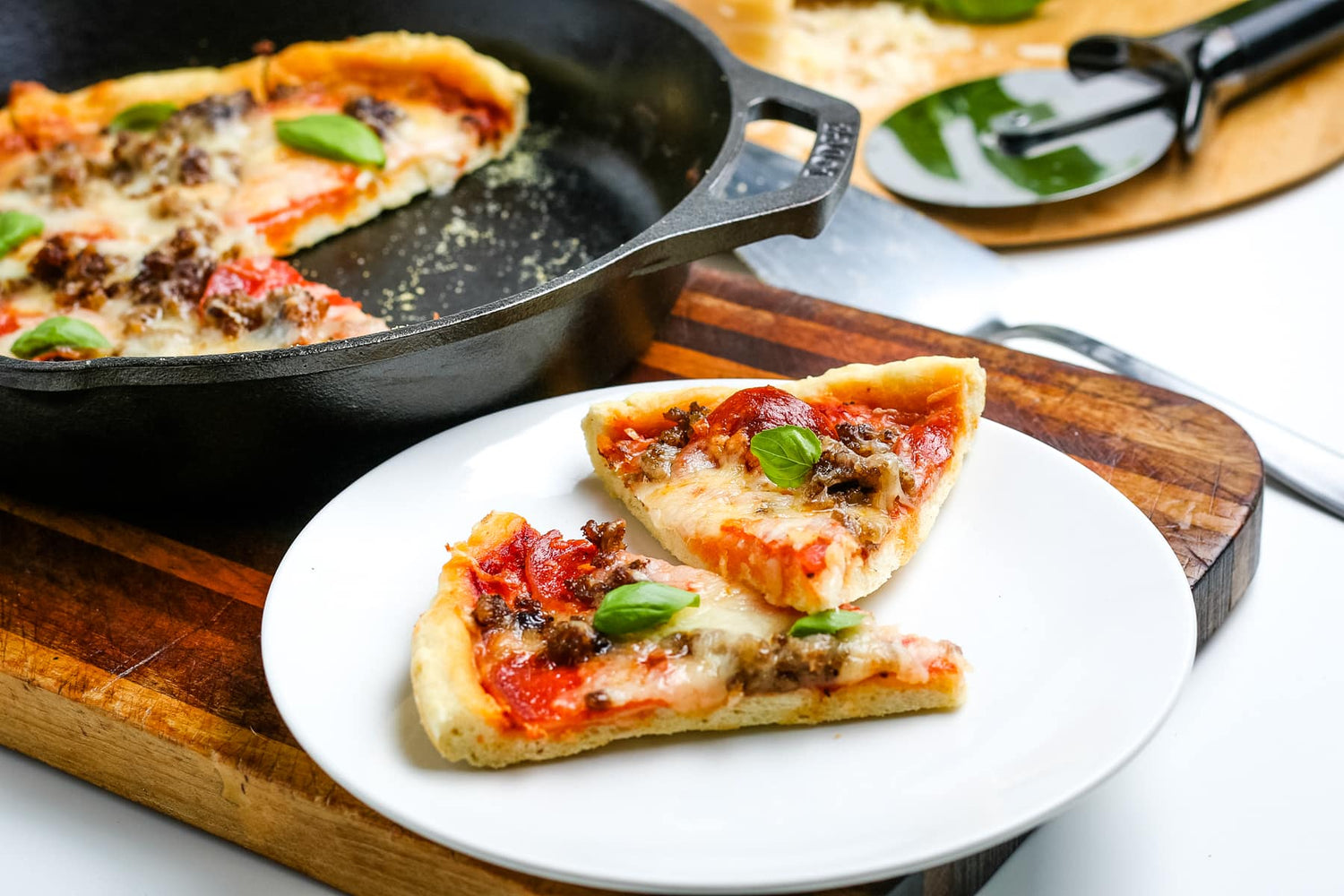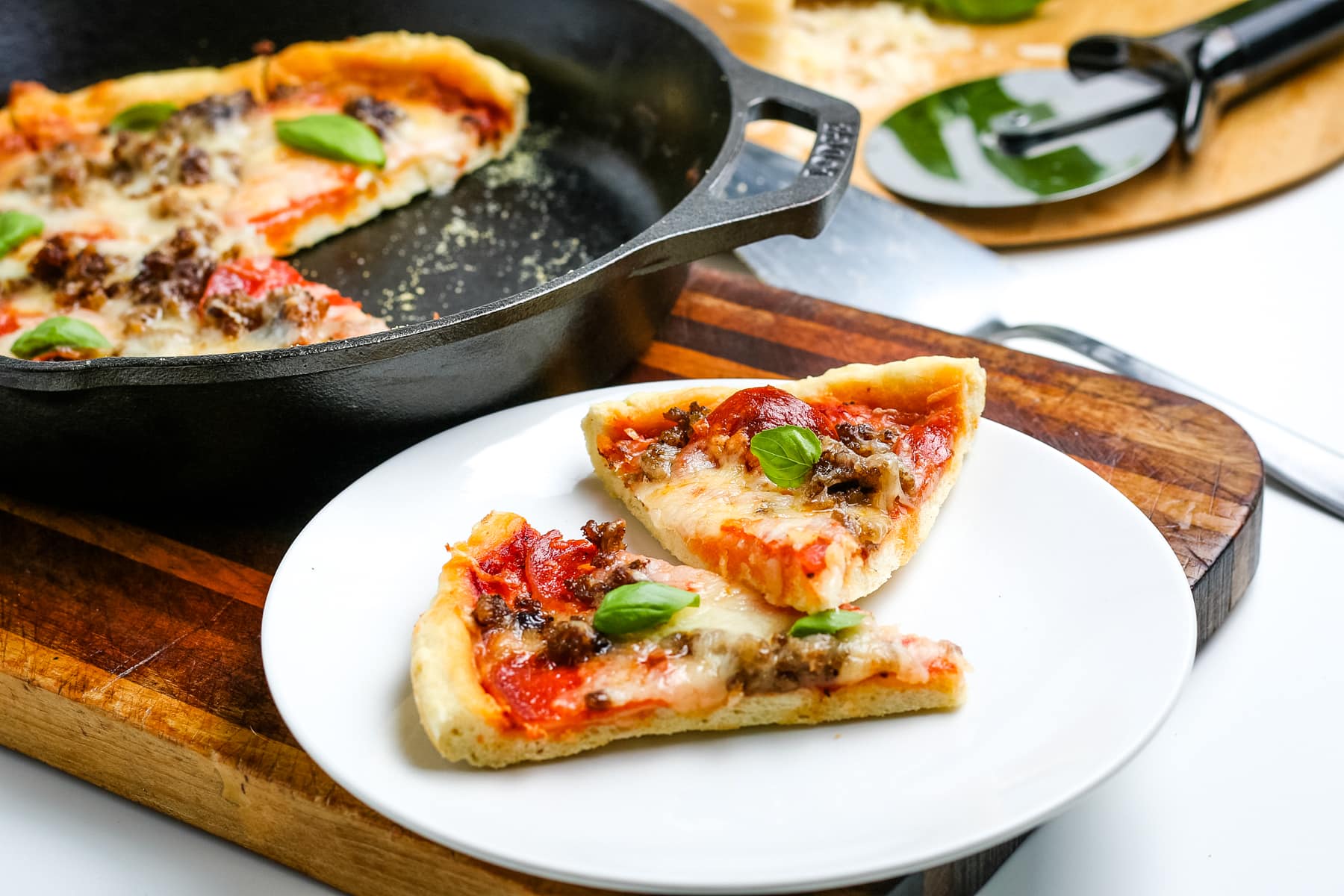For kitchen professionals, mastering the art of using a baking stone can be a game-changer. These remarkable tools offer a chance to elevate your cooking skills by achieving perfect textures and flavors. Whether used for making pizzas, bread, or cookies, understanding the intricacies of a baking stone can provide significant advantages in culinary tasks.
:max_bytes(150000):strip_icc()/pizza-stone-testing-winners-lodge-pre-seasoned-cast-iron-baking-pan-wdickey-3-07-4acd6ee95c134013907ffa659ffb212d.jpeg)
The Basics of Baking Stones
Baking stones, often referred to as pizza stones, are flat cooking surfaces used for baking a variety of foods. Made predominantly from ceramic, stone, or cordierite, these stones absorb and distribute heat evenly, creating an ideal environment for baking. Kitchen professionals love them for their ability to maintain constant heat, which is crucial for achieving a perfectly crispy crust.
Choosing the Right Baking Stone
One of the first steps to mastering baking stones is selecting the right one for your needs. Consider factors such as the material, thickness, and size. Cordierite stones are known for their durability and resistance to thermal shock, making them a terrific option for those who are bolder in their culinary approach.
Preparing Your Baking Stone
Before leaping into the culinary world with your baking stone, proper preparation is necessary. Begin by seasoning it when necessary to create a non-stick surface. This process generally involves applying a thin layer of cooking oil and heating the stone. Understanding how to use your baking stone on a grill can also expand its versatility.
Heating Techniques
Preheating is an essential step in using a baking stone effectively. A good rule of thumb is to place the stone in a cold oven and allow it to heat as the oven reaches the desired temperature. Different dishes may necessitate different preheating times, but generally, 30 minutes is a safe estimate. Read more about the best practices for getting a crispy crust with your baking stone.
Baking with Precision
When youre ready to bake, using a baking stone gives you the advantage of more consistent temperatures and reduced cooking time. There's a precision in knowing how to time your dishes, so they turn out just right. If this is something youre looking to enhance in your meals, understanding how to make perfect items consistently is key.
Handling Techniques
Transferring food onto and off the baking stone can be tricky but is manageable with practice. A pizza peel or parchment paper can be invaluable tools. For more specific details on this, check out our guide on using baking stones in convection ovens.
Additionally, understanding the best methods for achieving a great bake, like spacing and thickness of dough, can lead to consistent results every time.
Maintenance and Care
Proper maintenance will extend the life of your baking stone significantly. Avoid washing it with soap, as stones are porous and can absorb detergents that interfere with taste. Instead, let the stone cool and scrape off residues carefully. For more cleaning tips, check out this guide on caring for baking stones.

FAQs
What type of foods can I cook on a baking stone?
Baking stones can be used for a wide range of foods, including pizza, bread, cookies, and even roasted vegetables. Their ability to create crispy surfaces makes them popular for items that benefit from even heat distribution.
How long should I preheat my baking stone?
Preheating times vary, but typically, allowing about 30 minutes will help bring the stone to an optimal baking temperature.
Can baking stones be used on gas grills?
Yes, they can. However, it's important to monitor the temperature closely to avoid overheating or damaging the stone. Using indirect heat methods is generally recommended.
Baking stones are a staple for those in the culinary profession, offering tremendous benefits when used correctly. By incorporating these exclusive baking stone tips into your culinary processes, you can expect life-changing results in your dishes.
This article contains affiliate links. We may earn a commission at no extra cost to you.






Leave a comment
This site is protected by hCaptcha and the hCaptcha Privacy Policy and Terms of Service apply.